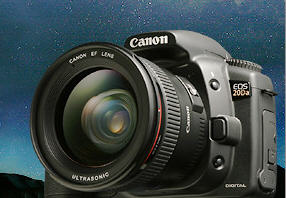MASTERCLASS
Imaging the Sun with a white-light filter
Imaging the Sun in its natural ‘white’ light is an inexpensive way to get into solar photography. When you pay attention to the safety issues, it can be a very rewarding way to monitor our nearest star.
One of the most basic methods is to use solar projection. For this you’ll need a small refractor, ideally mounted on a driven equatorial mount. With your scope pointing away from the Sun, fit a non-plastic, low-power eyepiece and ensure the finder is removed or capped.
Watching the scope’s shadow on the ground, turn it to point directly at the Sun. A piece of stiff white card held behind the eyepiece will catch the Sun’s image, while a tweak on the focuser will bring it into sharp relief.
A card shield taped to the objective end of the tube may help improve contrast if the projection is difficult to see.
Now set your camera to automatic and take a shot of the image on the card screen. If the image comes out too bright, try moving the screen away from the eyepiece or, if you have manual controls, try under-exposing the shot.
This basic method is capable of showing the photosphere, limb-darkening, sunspots and faculae – it is, however, only suitable for refractors.
A more sophisticated method, also limited for use with refractors, is to use a device called a Herschel Wedge inserted in the eyepiece holder.
The wedge basically blocks most of the harmful heat and light from the Sun, reducing its intensity to safe viewing levels.
A more universal method that is suitable on any type of telescope is to use a white-light filter such as Baader AstroSolar Film or Thousand Oaks Solar Filter.
AstroSolar Film is available in A4 sheets. It costs around £15-£20 and comes in one of two types: one with a neutral density of 5.0 for visual work or a slightly brighter neutral density of 3.8 for imaging.
Larger 100x50cm sheets are also available. See the step-by-step below for instructions on fitting a solar filter for imaging.
With a filter fitted you can image the Sun just as you would the Moon. In fact, the same constraints apply because the Sun’s light is just as susceptible to our turbulent atmosphere.
Stills cameras such as DSLRs are good for low-power shots, but webcams or preferably high frame-rate planetary cameras are more suited for close-ups.
For optimal results, however, screwing a solar continuum or green imaging filter onto your camera’s eyepiece may enhance contrast in sunspot detail and solar granulation.
to be continued...



 پاسخ با نقل قول
پاسخ با نقل قول





